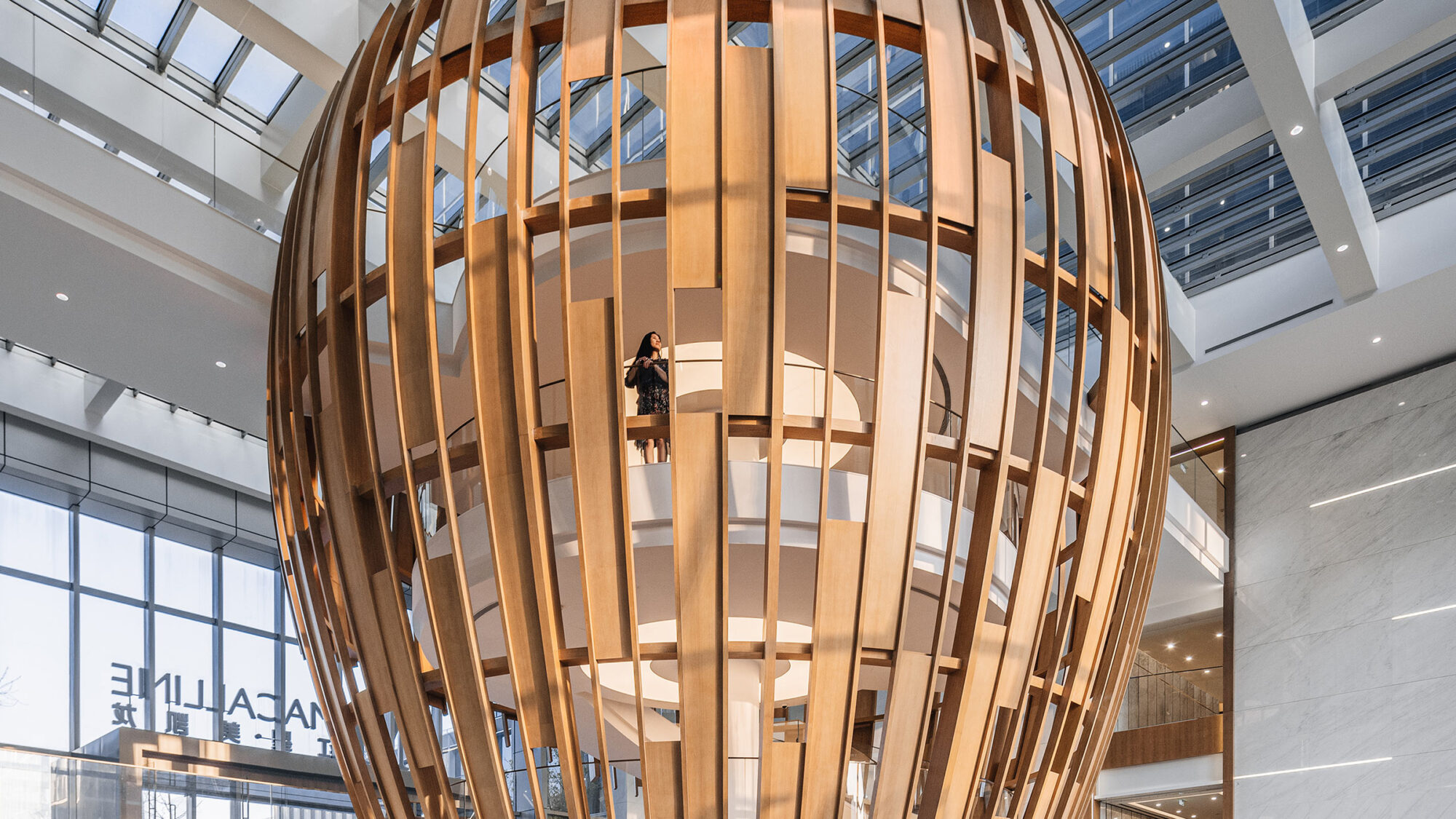

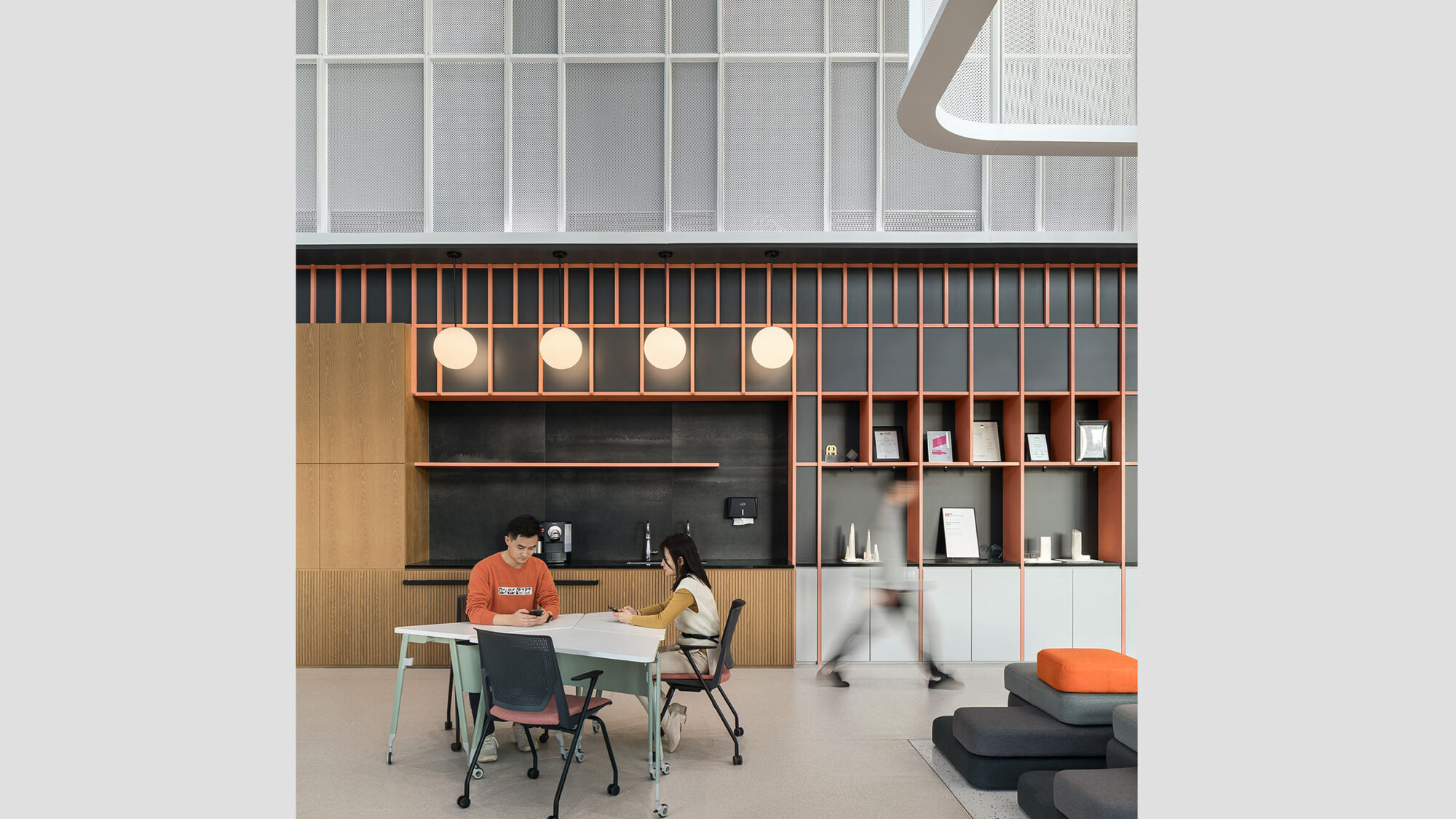

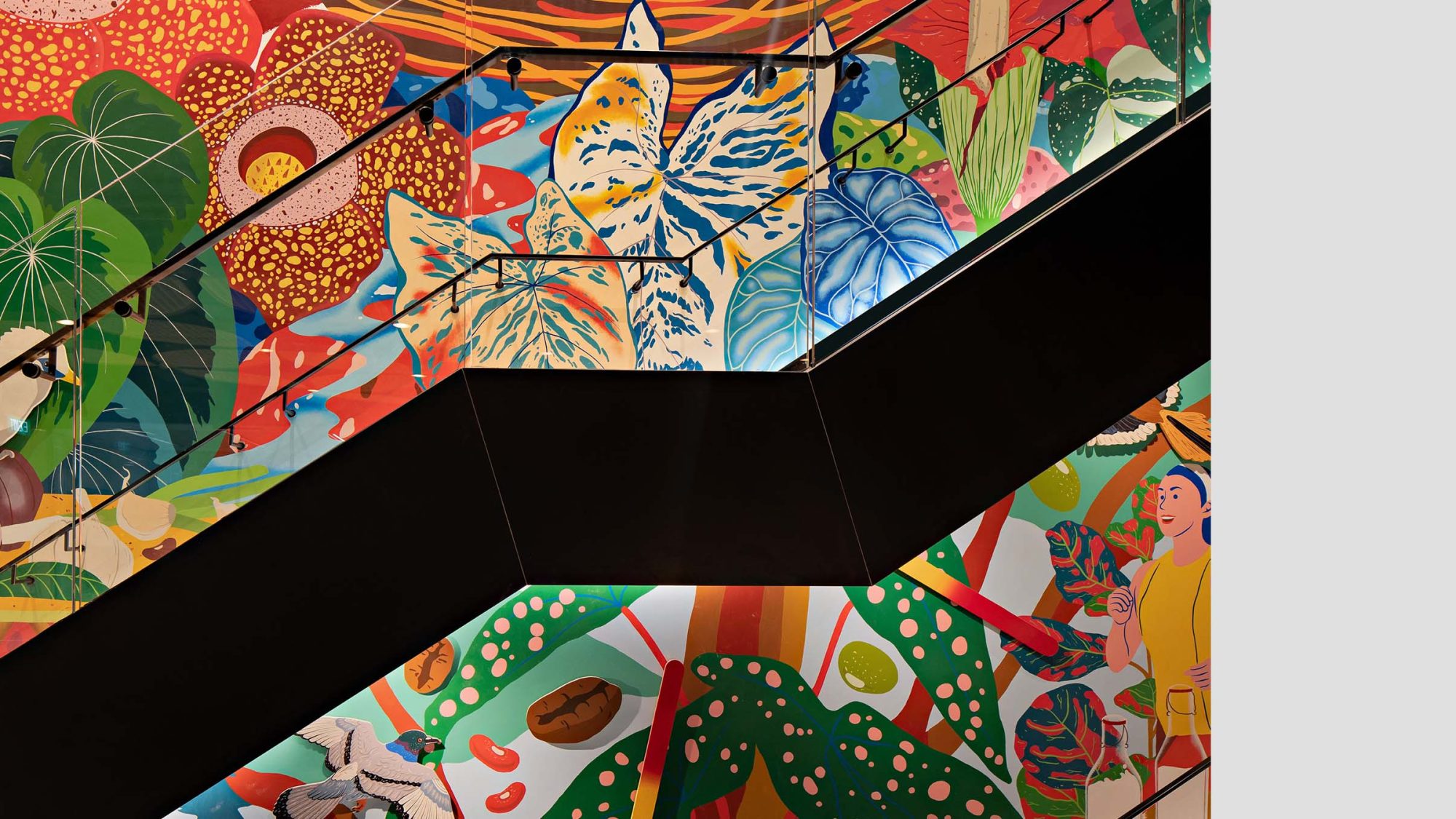
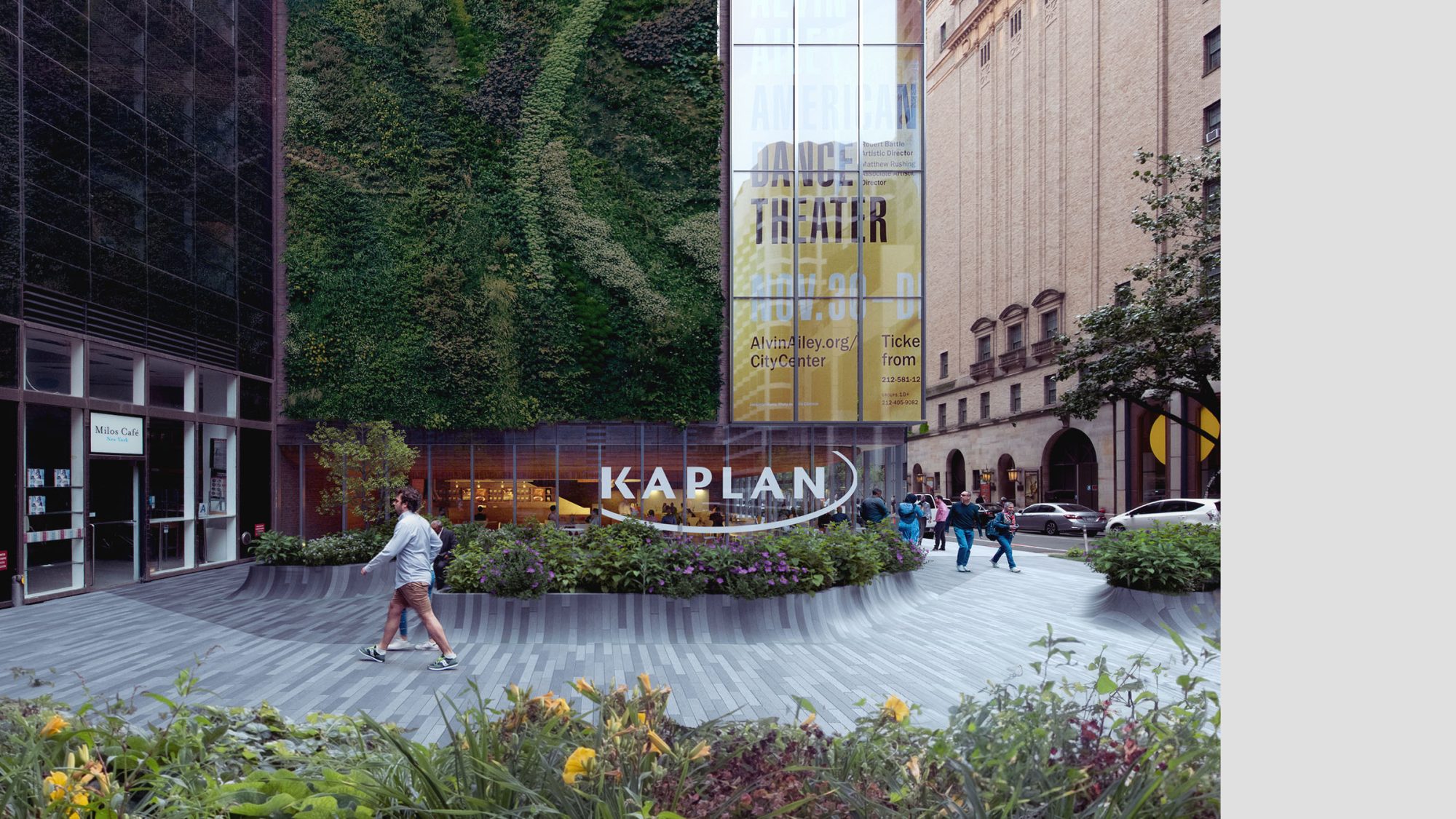
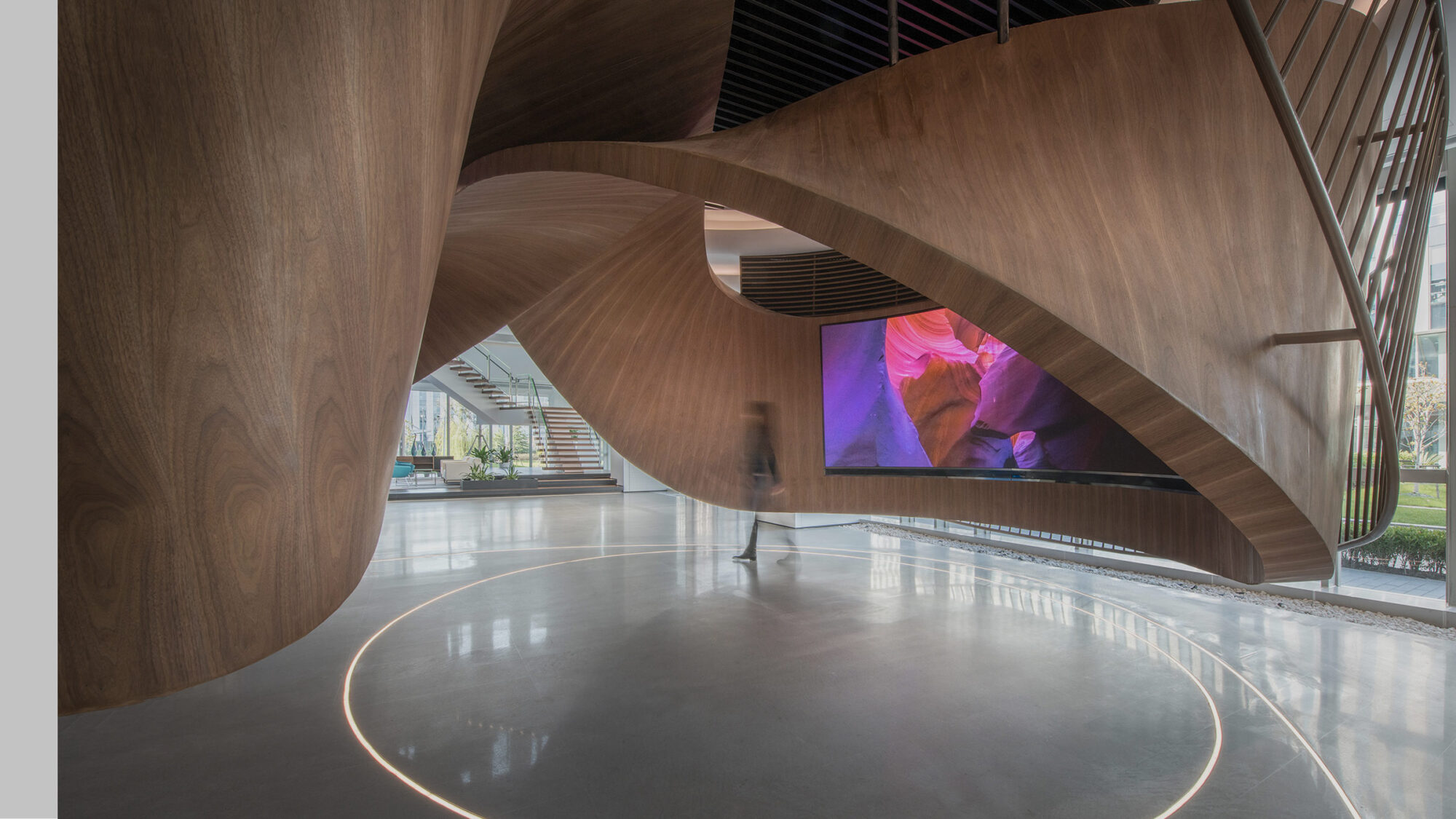
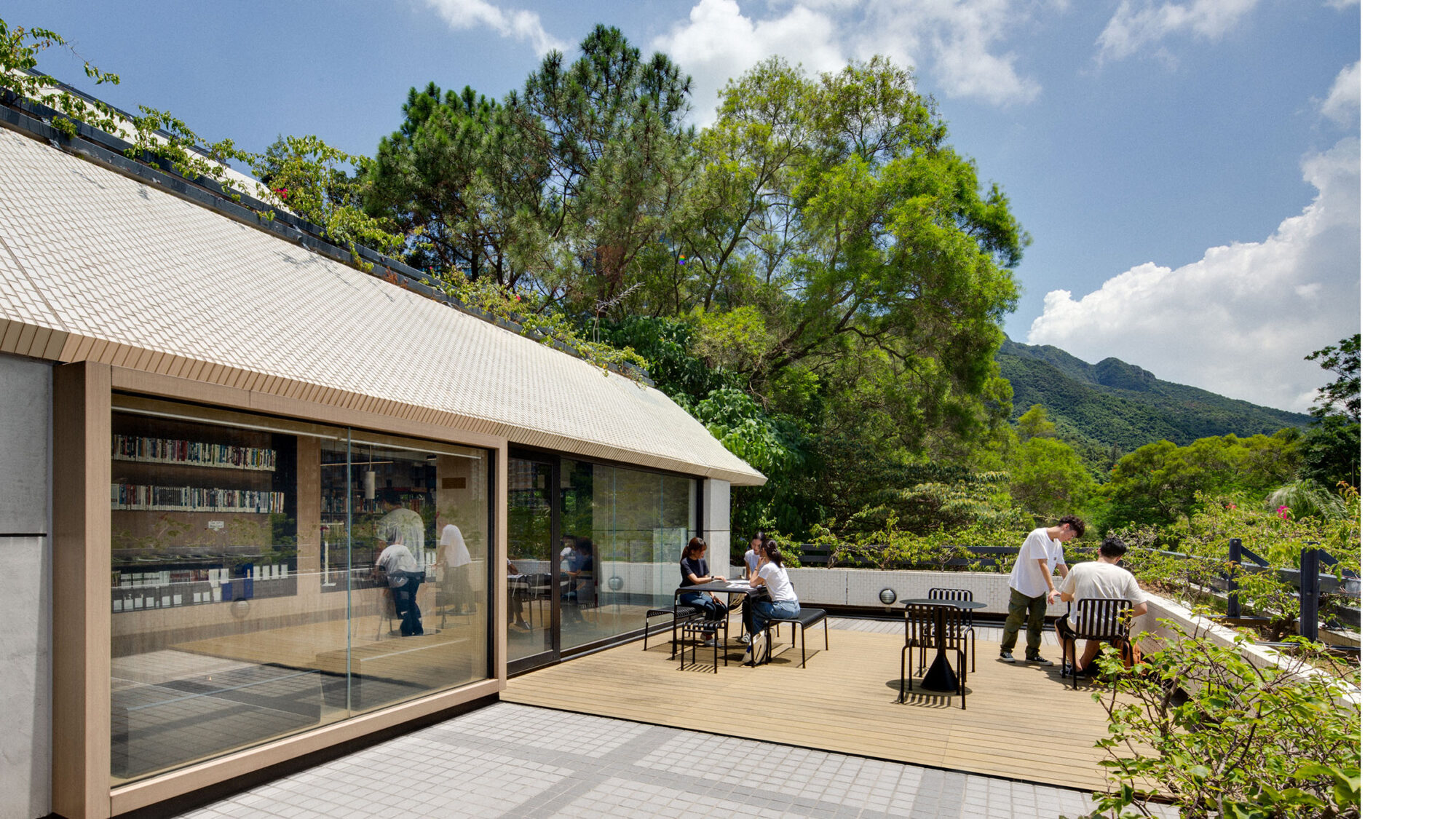

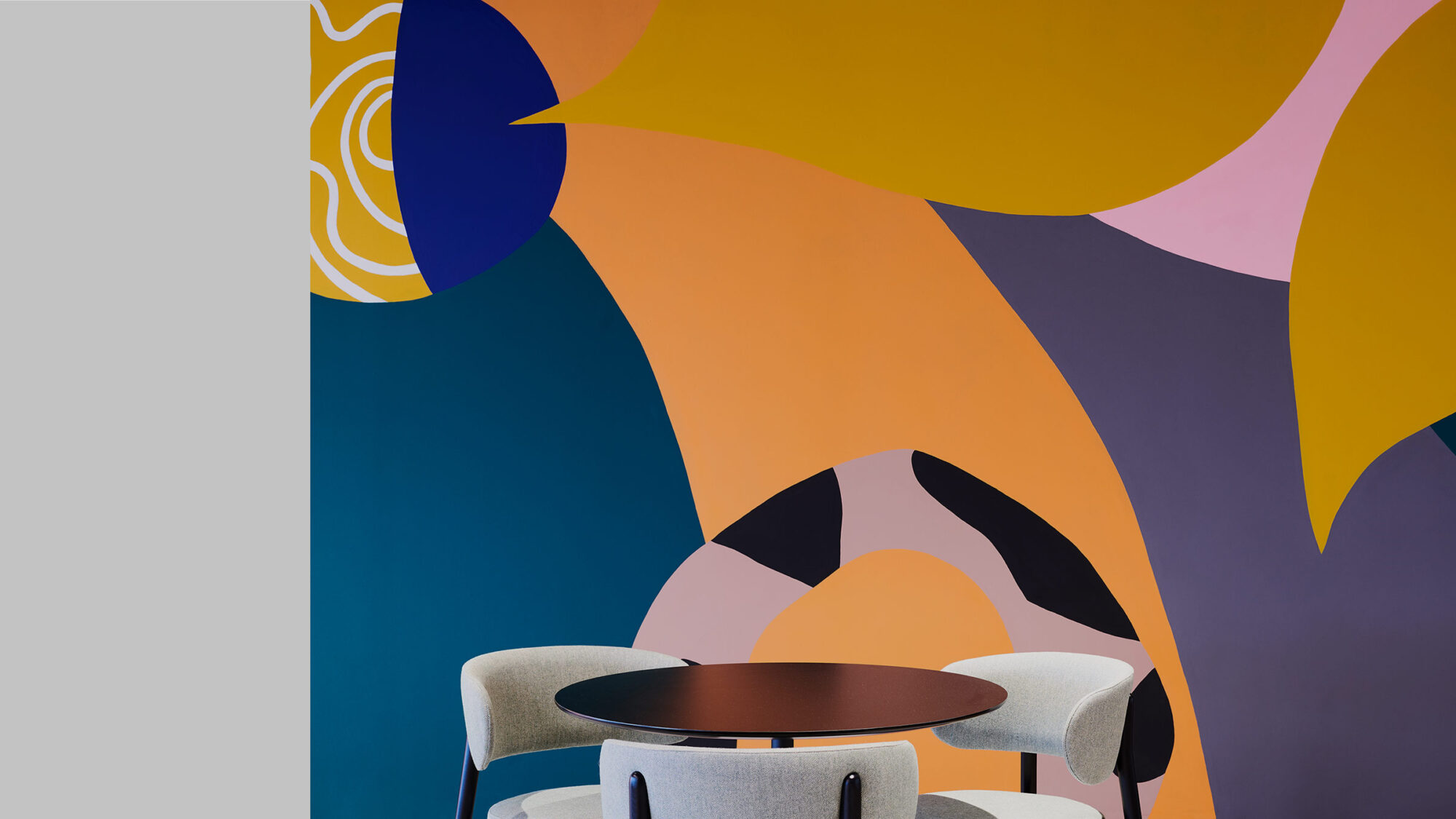
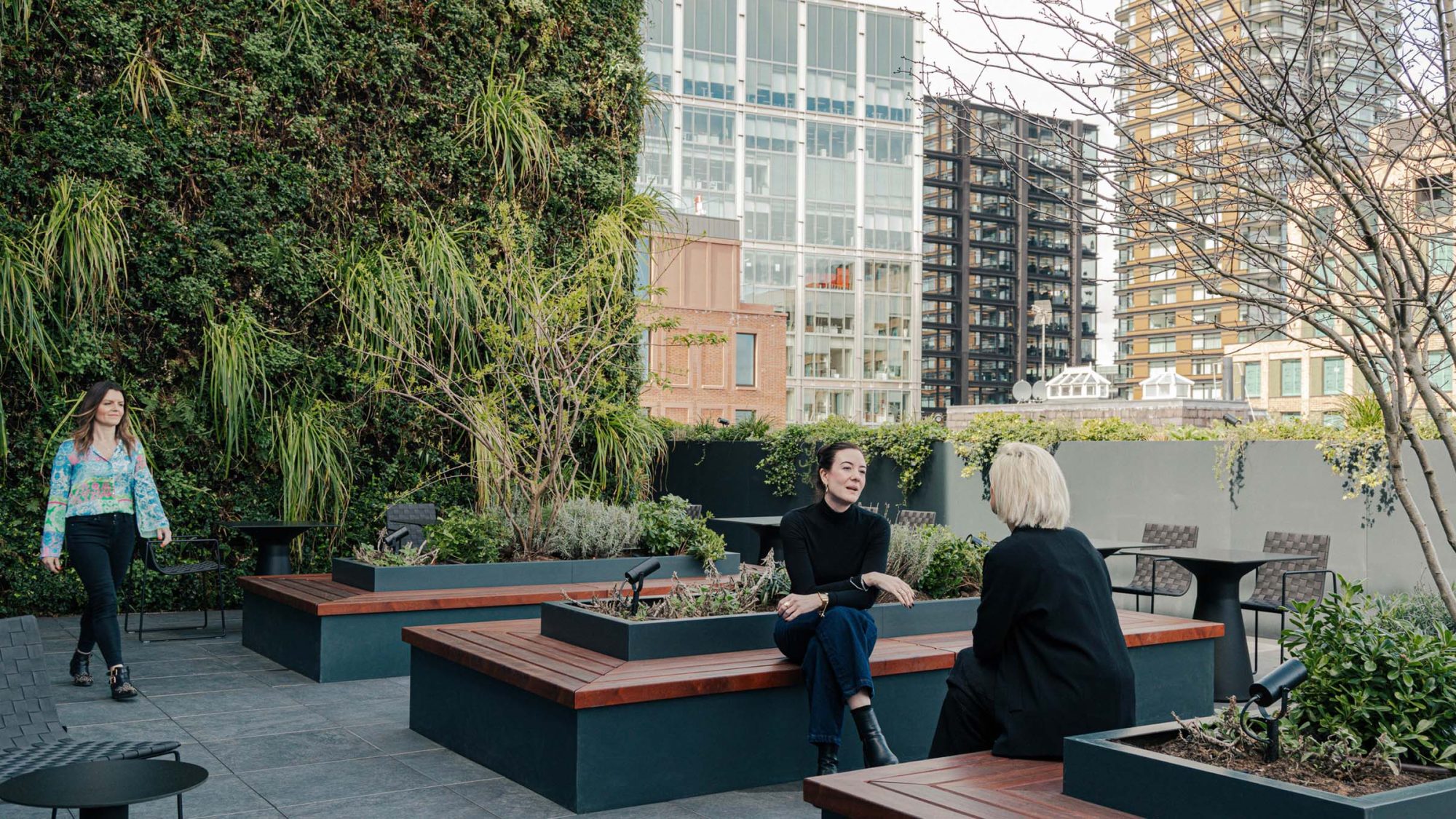
Pursuing sustainability certifications has become somewhat of a hallmark of modern business practices, signalling a commitment to environmental stewardship and corporate responsibility. However, the financial overhead associated with obtaining these certifications can be prohibitive, especially for smaller businesses and start-ups. At the same time, regulatory landscapes are pushing for more sustainable developments. So, it’s essential to stay ahead as governments introduce increasingly complex regulations surrounding sustainability reporting.
This article explores alternative approaches to traditional sustainability certifications that still uphold environmental standards for corporate sustainability goals.
Certifications such as LEED, WELL and BREEAM are widely recognised as benchmarks for sustainability. Yet, their impact can wane over time if they are not continuously refined to address evolving environmental priorities, especially in carbon reduction.
While these certifications provide a clear framework for design and construction teams to follow, the financial cost—ranging from initial implementation to long-term operational costs—often discourages companies from committing to them. This hesitation highlights the challenge of balancing sustainability goals with economic considerations.
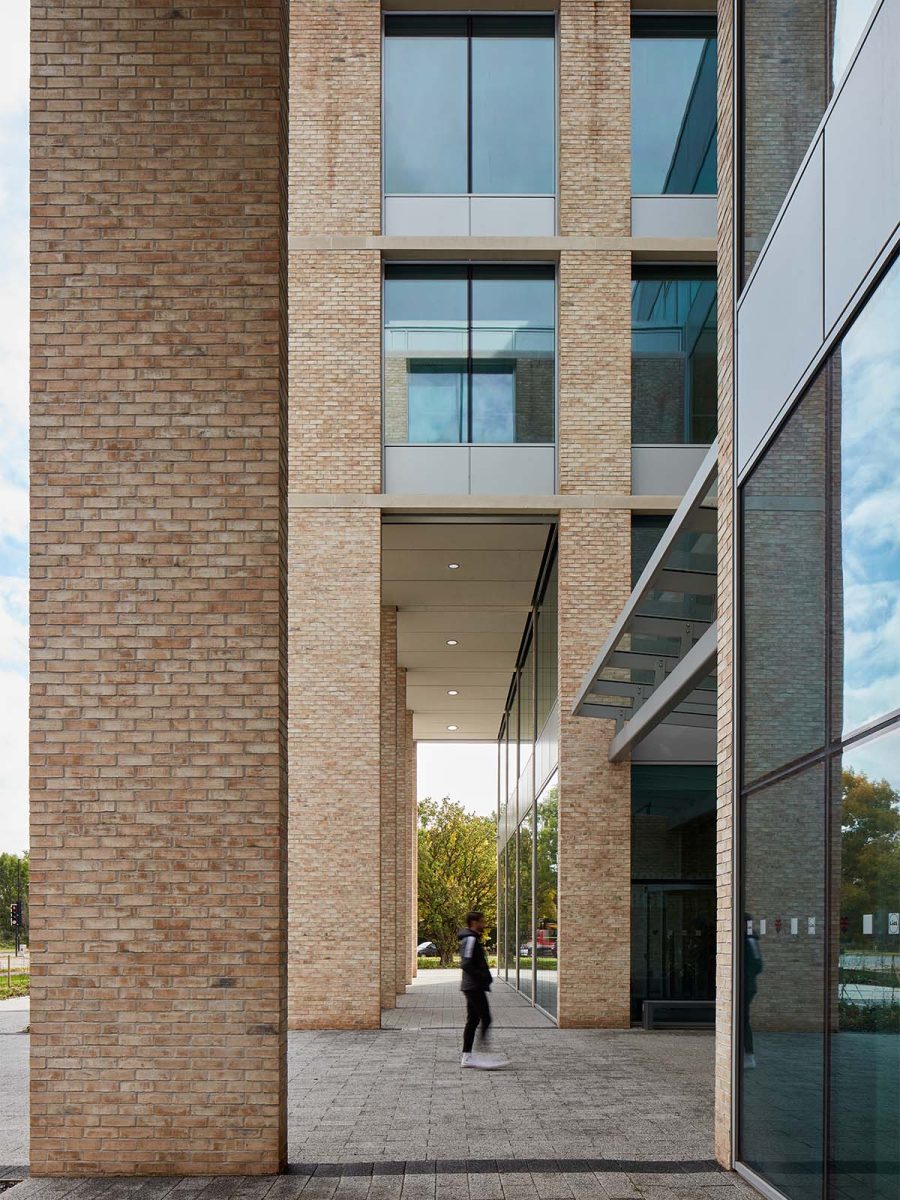 Lidl House, London – BREEAM certified.
Lidl House, London – BREEAM certified. 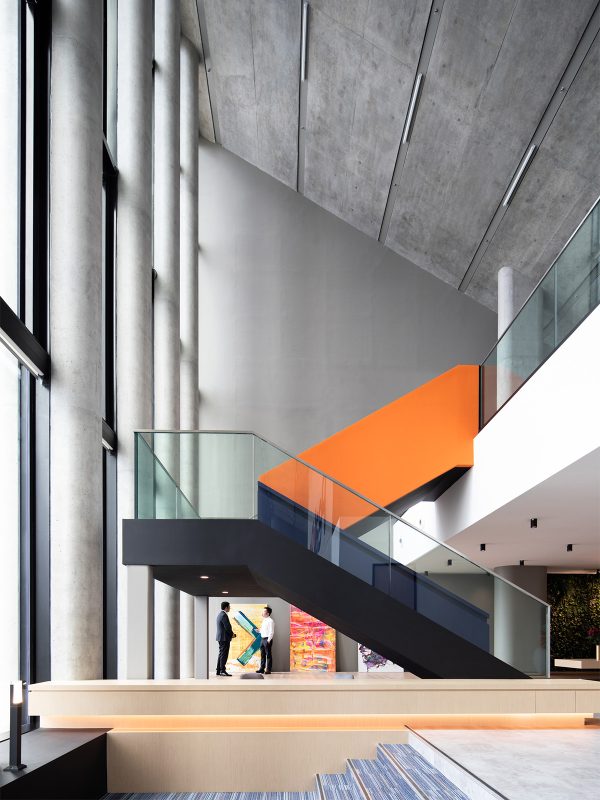 Peak Re, Hong Kong – LEED Gold certified.
Peak Re, Hong Kong – LEED Gold certified. For many small-scale businesses, the greatest barrier to entry is not just the initial certification cost. It’s the significant capital investment in compliant infrastructure. Companies in buildings with high-grade facilities may require fewer physical upgrades. Yet, the ongoing operational costs to maintain certification standards present new challenges. This is especially true for re-certification or long-term compliance.
In addition to costs, a key barrier for many companies is the physical properties of their buildings. MEP systems, access to daylight and neighbourhoods contribute significantly to the points/credits in each certification program. This makes the site selection process a determining factor for the ability to achieve certifications and sustainability targets. Technical due diligence during site selection should, but often does not entirely, consider a company’s sustainability targets and goals.
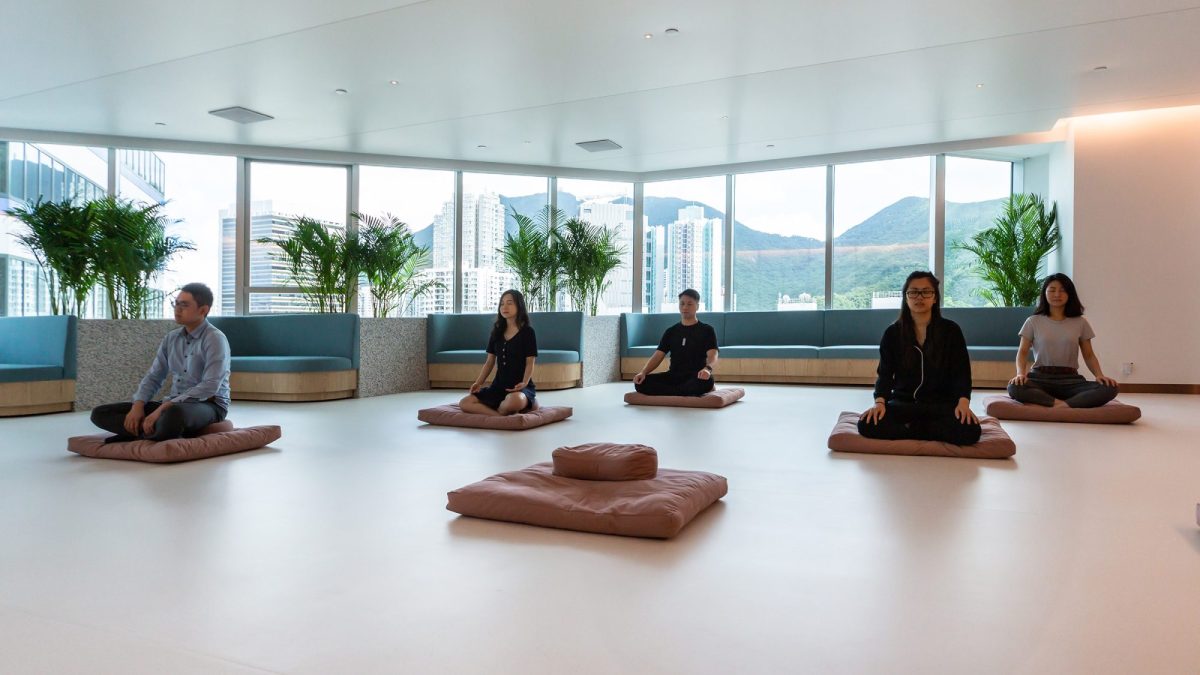 Bird Meditation, Hong Kong – the world’s first WELL Gold certified meditation studio.
Bird Meditation, Hong Kong – the world’s first WELL Gold certified meditation studio. Evolving sustainability practices has given rise to focused approaches to sustainability that do not rely on certifications. These align key environmental goals with practical business applications without the high costs and procedural complexities.
Circular design emphasises the reuse and refurbishment to extend product lifecycles. This focus aims to minimise waste and maximise resource conservation – integrating reused, reupholstered or refinished items back into the business environment. What was once considered waste is instead viewed as a resource. Setting circularity as the key outcome can achieve environmental impact tangibly and effectively.
Adaptive reuse is a scaled approach in circular design – looking at whole buildings or large spaces and reusing or re-imagining structural elements to allow spaces to take on new uses and continue their lifespan. This approach can transform shopping malls into commercial offices or adapt a former tenanted space to another business in a completely different industry. This reduces the need for raw materials and impact on the planet.
Additionally, companies are placing greater emphasis on reducing their carbon footprint. While efforts have traditionally centred on minimising energy consumption (operational carbon), there is now a growing focus on the impact of materials and finishes used in their spaces (embodied carbon). Businesses can generate measurable and impactful data to reflect their environmental efforts by targeting specific metrics like carbon footprints – both in terms of operational and embodied carbon. This targeted approach allows companies to achieve higher operational efficiency and emissions-related commitments by having the data to benchmark and set increasingly lower carbon budgets.
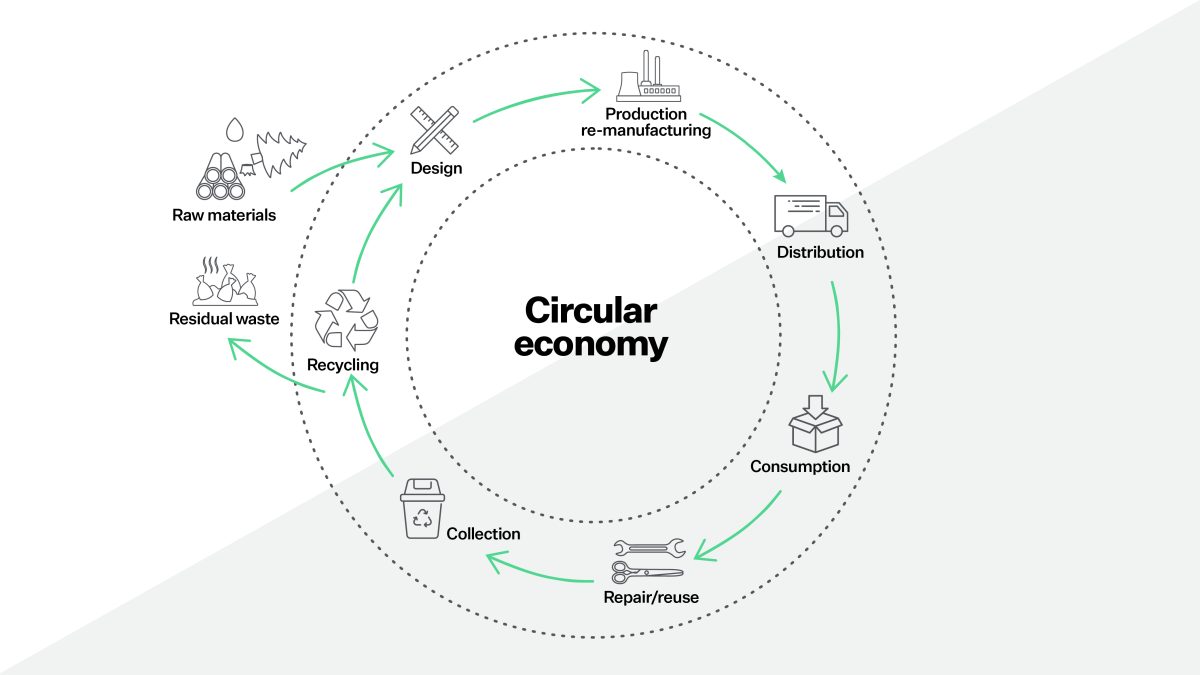 Circular design is a continuous approach that prioritises sustainability by designing products, systems and spaces to minimise waste, maximise resource efficiency and promote continuous regeneration, closing the ‘loop’.
Circular design is a continuous approach that prioritises sustainability by designing products, systems and spaces to minimise waste, maximise resource efficiency and promote continuous regeneration, closing the ‘loop’. 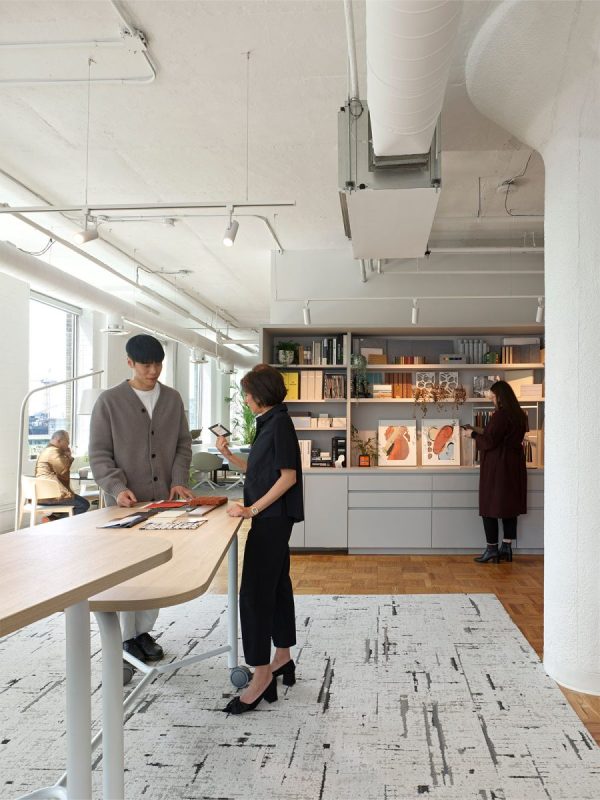 Our North American living labs' green libraries showcase Red List-free, low-VOC and eco-friendly materials, ensuring sustainability through vetted standards and best practices.
Our North American living labs' green libraries showcase Red List-free, low-VOC and eco-friendly materials, ensuring sustainability through vetted standards and best practices. Several companies are leading the way by adopting focused sustainability measures. By homing in on specific aspects such as circular design or direct carbon measurement, these businesses achieve significant environmental impacts.
For instance, we implemented carbon accounting for a multi-regional company across its projects worldwide without formal certifications, thereby cost-effectively aligning its operational practices with its sustainability ambitions and annual financial reports.
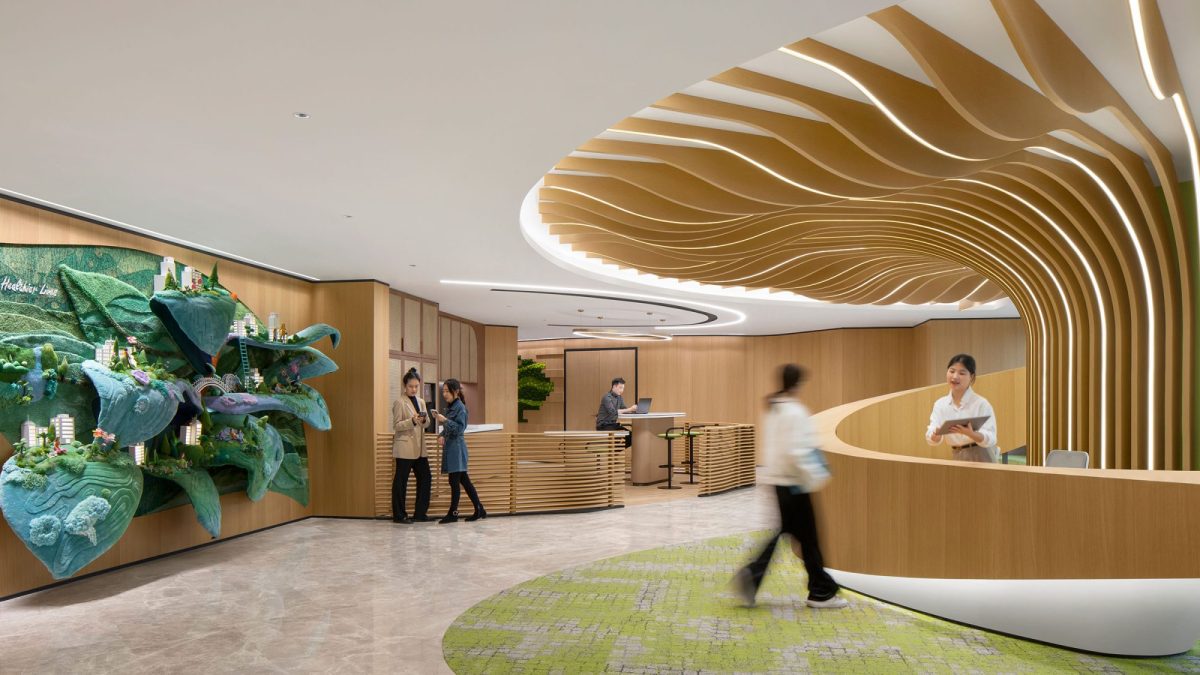 Amway's workplace design uses carpets made from recycled plastics, LED lighting and local materials to contribute to a reduction in carbon emissions.
Amway's workplace design uses carpets made from recycled plastics, LED lighting and local materials to contribute to a reduction in carbon emissions. 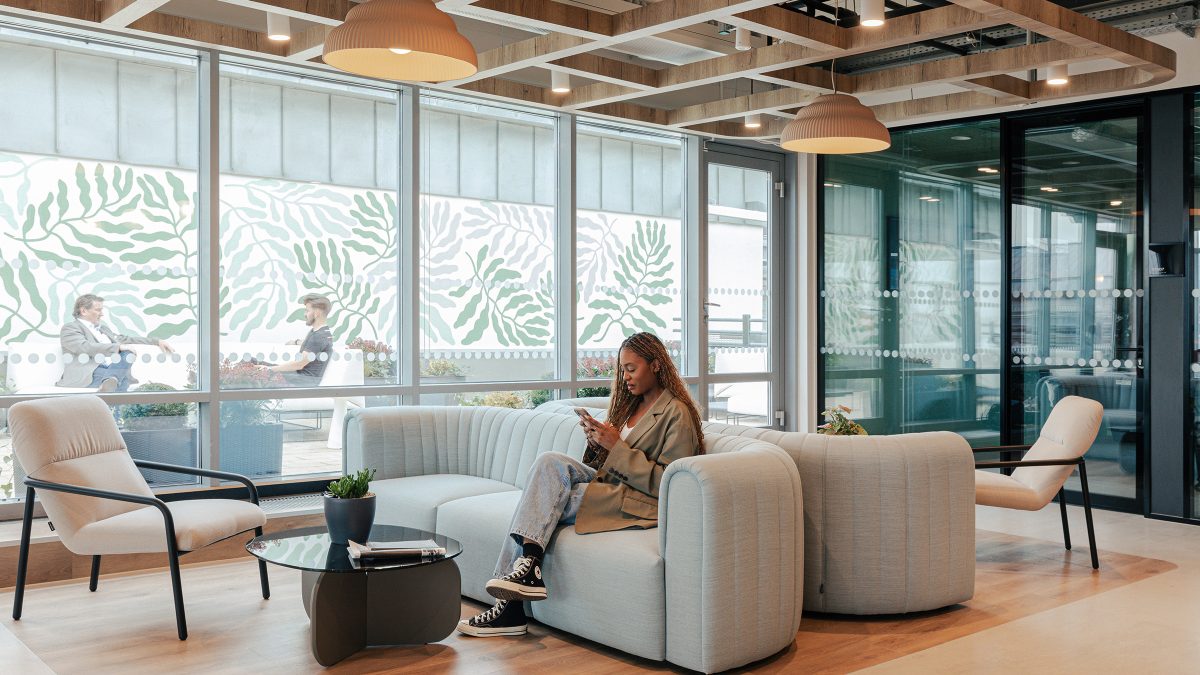 Mastercard's office, energy metering systems monitor consumption and allow for adjustments to minimise waste.
Mastercard's office, energy metering systems monitor consumption and allow for adjustments to minimise waste. Advancements in technology have significantly reduced the cost of sustainability assessments and increased their accessibility. Occupancy sensors, real-time energy monitoring and computational models offer a dynamic understanding of space utilisation and energy efficiency. These tools help companies make informed decisions and implement incremental changes. Furthermore, this approach avoids the extensive costs associated with traditional methods.
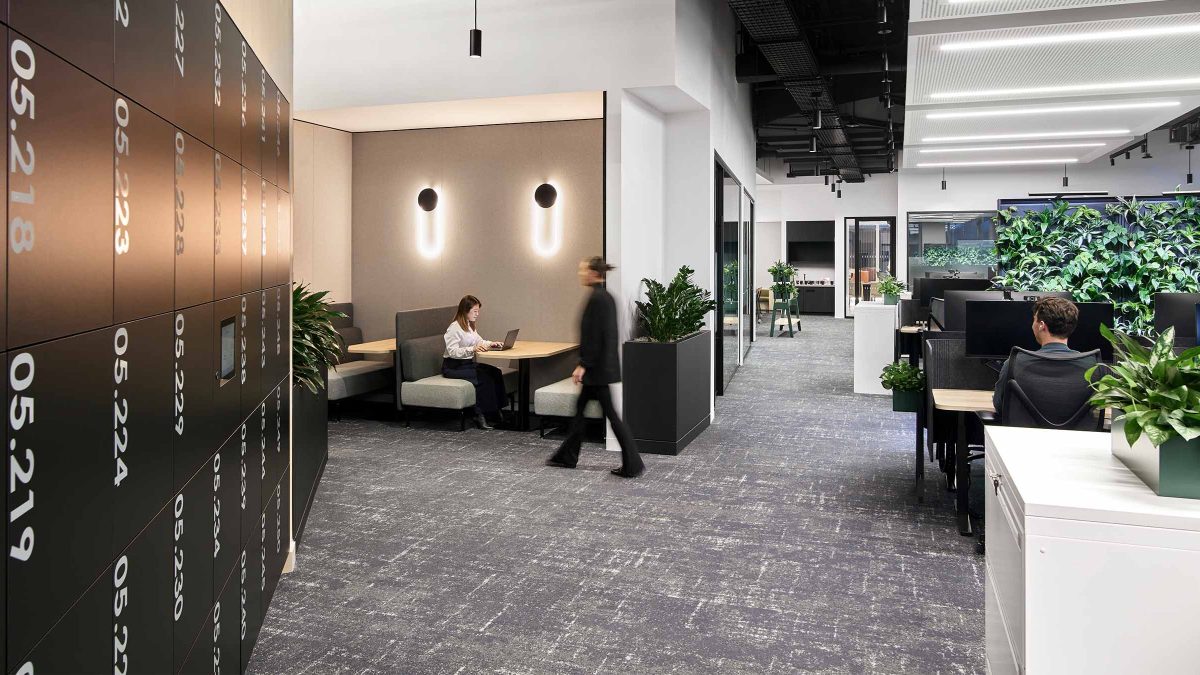 The smart building technology and digital twin system we developed for HSBC were key to the project reaching net zero carbon operations and enable real-time monitoring and management of building operations.
The smart building technology and digital twin system we developed for HSBC were key to the project reaching net zero carbon operations and enable real-time monitoring and management of building operations. 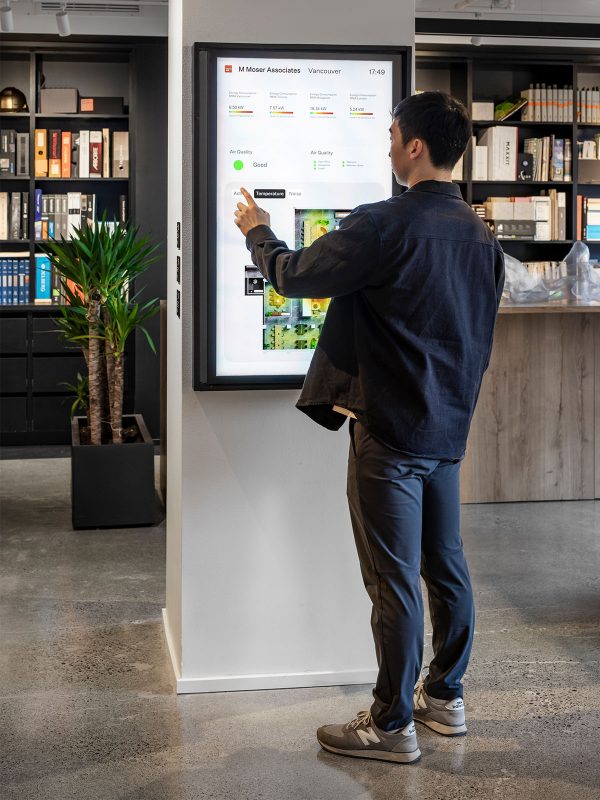 At our office in Vancouver , strategically placed sensors monitor elements like temperature, CO2, occupancy and sound levels, supporting people and planet.
At our office in Vancouver , strategically placed sensors monitor elements like temperature, CO2, occupancy and sound levels, supporting people and planet. While the benefits of alternative methods are compelling, they also come with their own set of challenges. The credibility and accuracy of these approaches must be maintained to ensure the rigorous benchmarks expected of traditional certifications are met.
Furthermore, integrating these methods into your business strategy requires a delicate balance between ambition and practicality. It’s essential to align these sustainable practices with your business goals to ensure they are realistic.
Having a strategic partner in this journey provides expert guidance and a comprehensive suite of integrated services. This ensures sustainability goals are met without compromising quality or performance. Our expertise in innovative design, sustainability and proprietary technology helps navigate these challenges. We help make the transition to sustainable spaces and practices smooth and successful.
By aligning sustainability goals with core business values, companies can engage in environmentally responsible practices without the financial strain. This approach should promote environmental stewardship and a culture of sustainability, attracting forward-thinking talent while meeting the evolving expectations of consumers and stakeholders.
For further guidance on new regulatory standards please contact our team. We’re ready to equip you with the tools and strategies to integrate sustainable solutions into your operations. This ensures you achieve your environmental goals while enhancing market competitiveness.
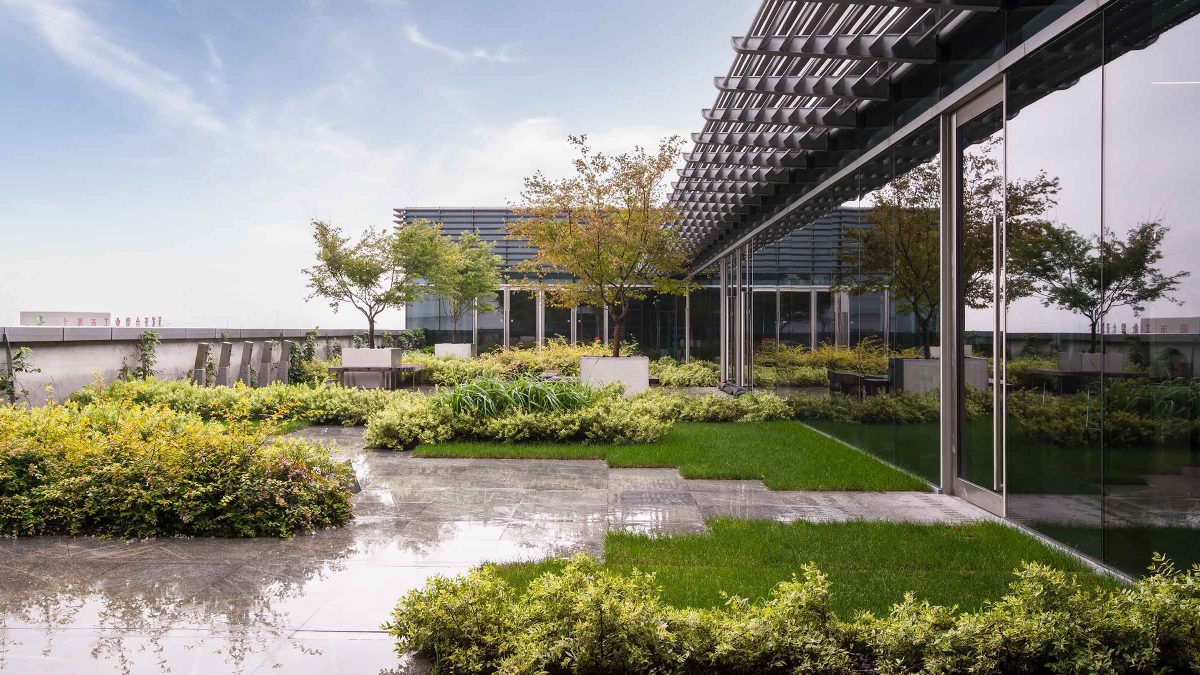
Associate Director. Sustainability